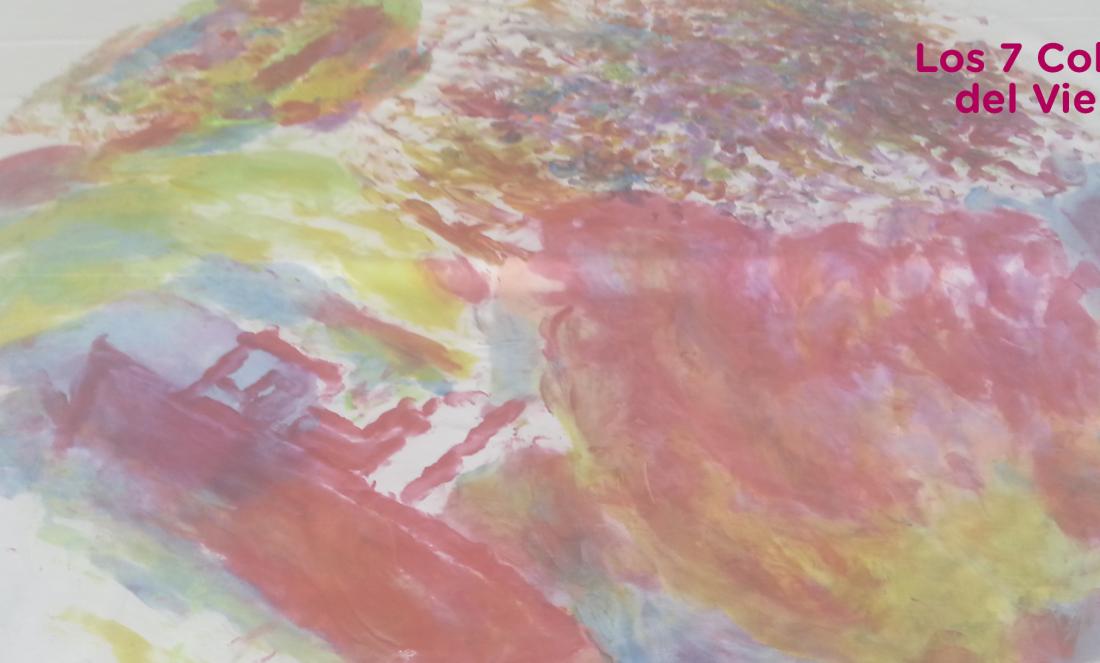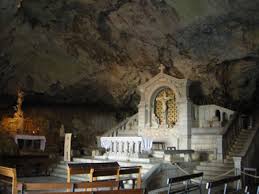
The Seven Colours of the Wind
The seven colours of the wind is an international project. The title is based on the work of Bernard Tirtiaux, writer and master glazier, with the French name "Le sept couleurs du vent". This book takes place in the second half of the 16th century, when the young Sylvain Chantournelle, a carpenter, decides to travel around France to perfect his art. This journey would take him 30 years. On his way, Sylvain makes new friends, including Absalon, a Spanish luthier. The two men are very different, Sylvain is an idealist, always optimistic and Absalon is dark and rather shy. Sylvain imagines his dream of building a great organ. The book is about life, dreams, self-discovery and love, as our protagonist will find a young woman with whom to share his life.
After reading this book, Almaz, the creator and coordinator of this project, wanted to make this work a reality, so she planned to hold a concert in French Provence, at the foot of the Sainte Baume mountains ("baume" is equivalent, in Provençal, to "cave"). According to tradition, Mary Magdalene, after spending many years doing penance in the grotto of Sainte Baume, was buried in the crypt of Saint Maximin.

Almaz wanted to create a multi-sensory experience that would mix organ music, poetry, and the visual sensations of the sunset over the cliff of the famous Marie Magdalena cave in the Provencal forest. He was joined by two internationally renowned artists, Bernard Tirtiaux, writer of the book, master glassmaker and author of plays and poetry. He would be in charge of reciting original poetry under the cliff where the cave of Sainte Baume is located. Another of the protagonists was Bernard Focroulle, organist and composer, Director of the Royal Mint in Brussels, Director of the Festival of Lyrical Art of Aix en Provence, Professor at the Royal Conservatory of Brussels. He was installed at the organs of the Basilica of Saint Maximin to give us a recital of his own invention.
Once the project was set up, and given that Marseille is European Capital of Culture 2013, he contacted Mons, which will be European Capital of Culture 2015, and Donostia, which will be in 2016.The idea was to create a network of homes for the elderly so that, through new technologies, we could work together on the same line, and in the end, see the concert and understand it in all its fullness
Jean Charles Escribano, coordinator of the project, contacted one of Matia Fundazioa's regular collaborators, Borja Inza, who has been a fundamental part of the development of this project.
For this purpose, a network was created around all these ideas, so that the residences we participated in would be connected. This is how the website was born, a multimedia portal where we can share our experiences and learn from those of others.
Thanks to this project we have carried out different activities, such as learning to listen to and appreciate organ music and going deeper into it. We visited the Basilica of Santa Maria in Donosti with one of its titular organists, Ana Belén García, who showed us the organ of the Basilica (a Cavaillé-Coll) and played some pieces for us, even letting us play a little! We learned more about Provence and its customs, saw pictures and talked about its customs and traditions. Another activity we did (Borja's original idea) was to paint a picture among four of our residents inspired by organ music, kindly provided by Jean Charles.
The concert, in the end, could not be broadcast live, but we can hear it on the website. For years to come we hope to be able to continue collaborating and participating in the projects that the different residences propose to us. For 2016, it will be our turn.

Add new comment